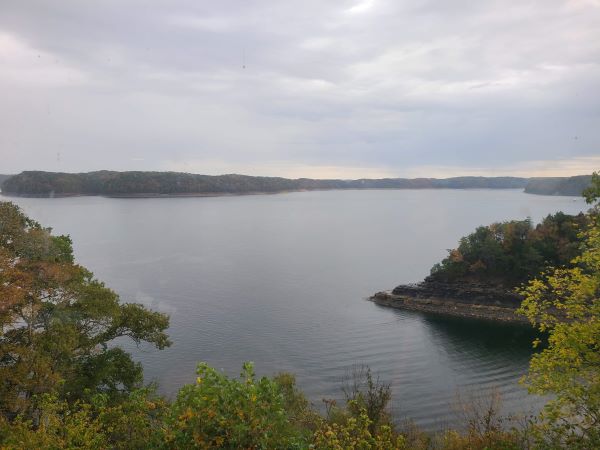
As the summer sun warms the waters of lakes, bass behavior undergoes a significant shift, making them both challenging and exciting to target. Successfully locating bass on a lake during this season requires an understanding of their preferences and habitat choices. In this blog, we’ll delve into effective strategies to help you unlock the secrets of finding bass in their summer hideouts.
Understanding Summer Bass Behavior
During summer, bass tend to adapt to warmer water temperatures by seeking out pockets of cooler water and areas abundant with prey. They’re more likely to be found in deeper, shaded locations during the day and shallower, more active areas in the early morning and late afternoon.
Embrace the Depths
As the heat intensifies, bass often retreat to deeper waters where the temperature is more favorable. Seek out submerged structures like underwater points, humps, and drop-offs that provide bass with a combination of cooler temperatures and access to prey.
Thermocline Exploration
Understanding the thermocline, the transition layer between warm surface waters and cooler depths, is crucial. Bass often hover near the thermocline, where they can enjoy the benefits of an ideal temperature zone and an abundance of forage fish.
Locate the Ledges
Deep underwater ledges are like highways for bass during summer. These submerged features provide ambush points and easy access to both deep and shallow water. Use depth finders to locate these ledges, and fish them methodically.
Vegetation Retreats
Aquatic vegetation serves as an oasis for bass, offering cover, shade, and an array of prey. Focus on submerged weed beds, lily pads, and other aquatic plants. Target the edges of these areas where bass can lurk and ambush passing meals.
Sunken Structures and Cover
Bass love sunken structures like trees, bridges, and rock piles. These man-made structures offer shelter and ambush points. Pair these structures with cover elements like vegetation or sunken debris to create attractive hotspots for bass.
Transition Zones
Areas where different types of bottom compositions meet, such as gravel transitioning to mud, can attract bass. These zones create subtle changes in water temperature and can hold schools of baitfish, which in turn lure predatory bass.
Time It Right
Bass are more active during the cooler parts of the day, such as early morning and late afternoon. Take advantage of these periods to explore shallower waters near the shore where bass might be actively feeding.
Use Your Senses
Watch for signs of bass activity, such as surface disturbances, baitfish schools, or birds diving into the water. These visual cues can help you pinpoint areas where bass are actively hunting for food.
Stay Adaptable
Remember that bass behavior can vary depending on the specific lake and its characteristics. Be prepared to adapt your approach and move around the lake if you’re not finding success in one area.
Locating Bass is a Thrilling and Rewarding Adventure
Locating bass on a lake during the summer requires a combination of knowledge, patience, and a willingness to explore various depths and structures. Understanding their habits, embracing the depths, and targeting key areas such as submerged structures, vegetation, and transition zones will significantly increase your chances of reeling in that prized summer catch. As you fine-tune your skills and gain experience, you’ll discover that unraveling the mystery of locating bass in summer is a thrilling and rewarding adventure.
